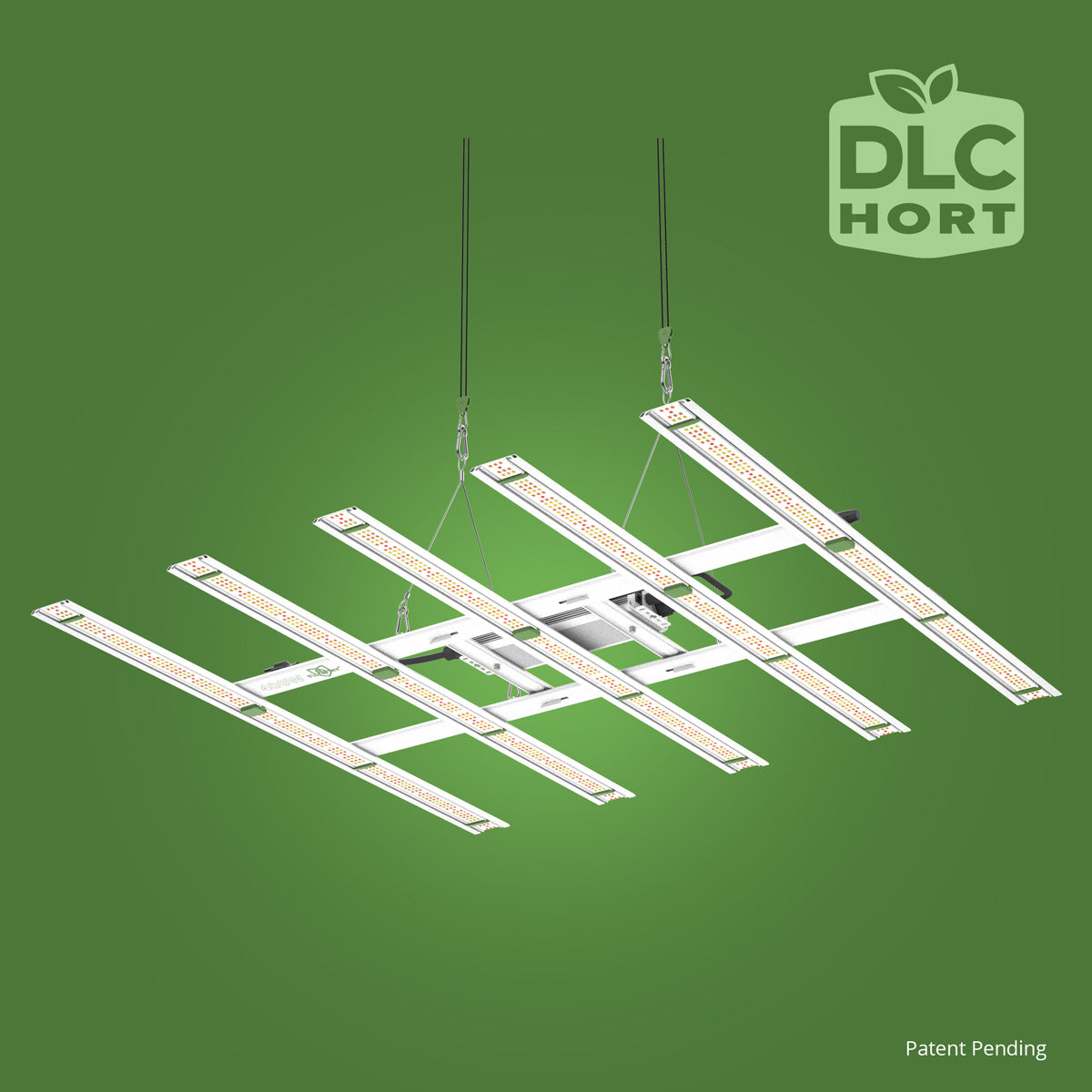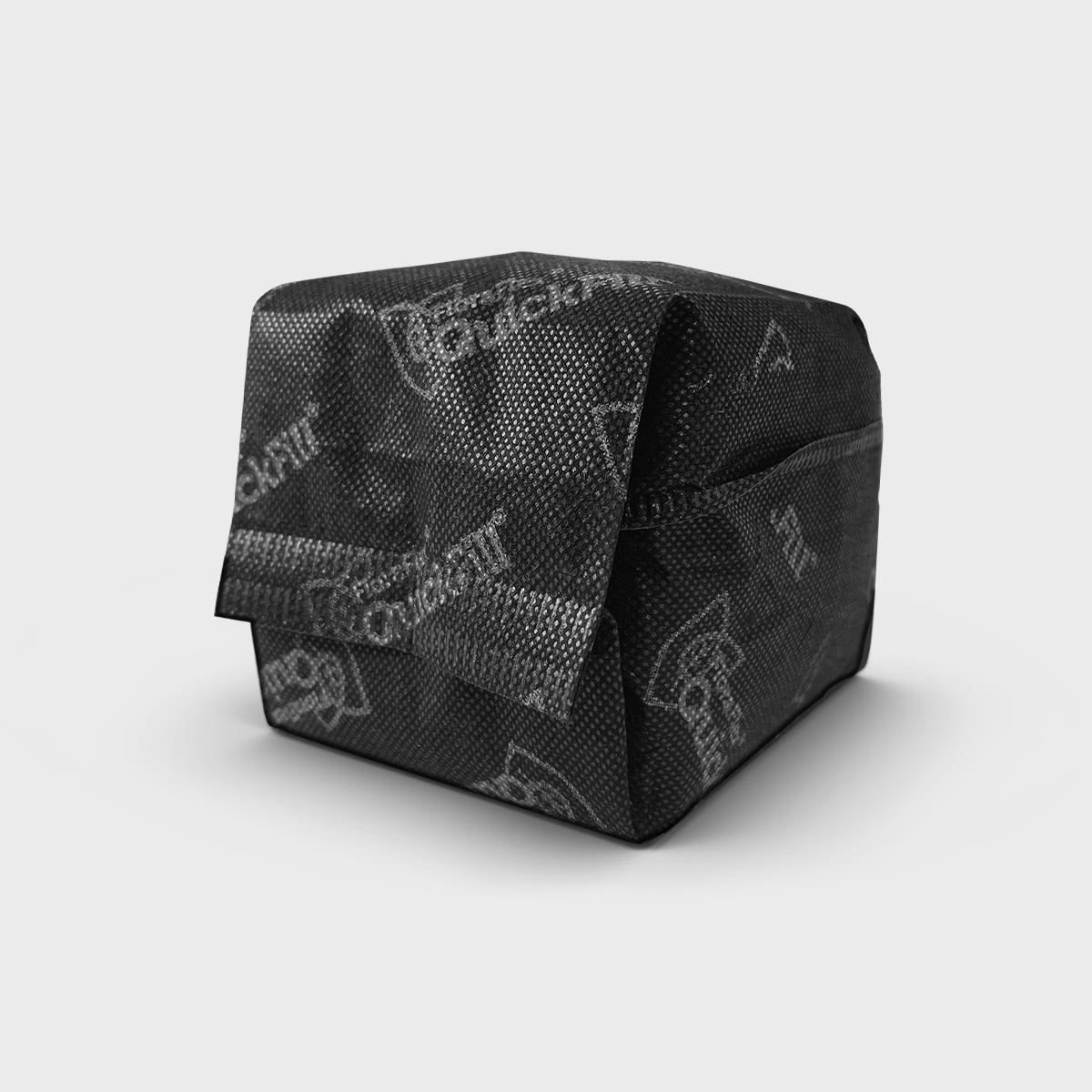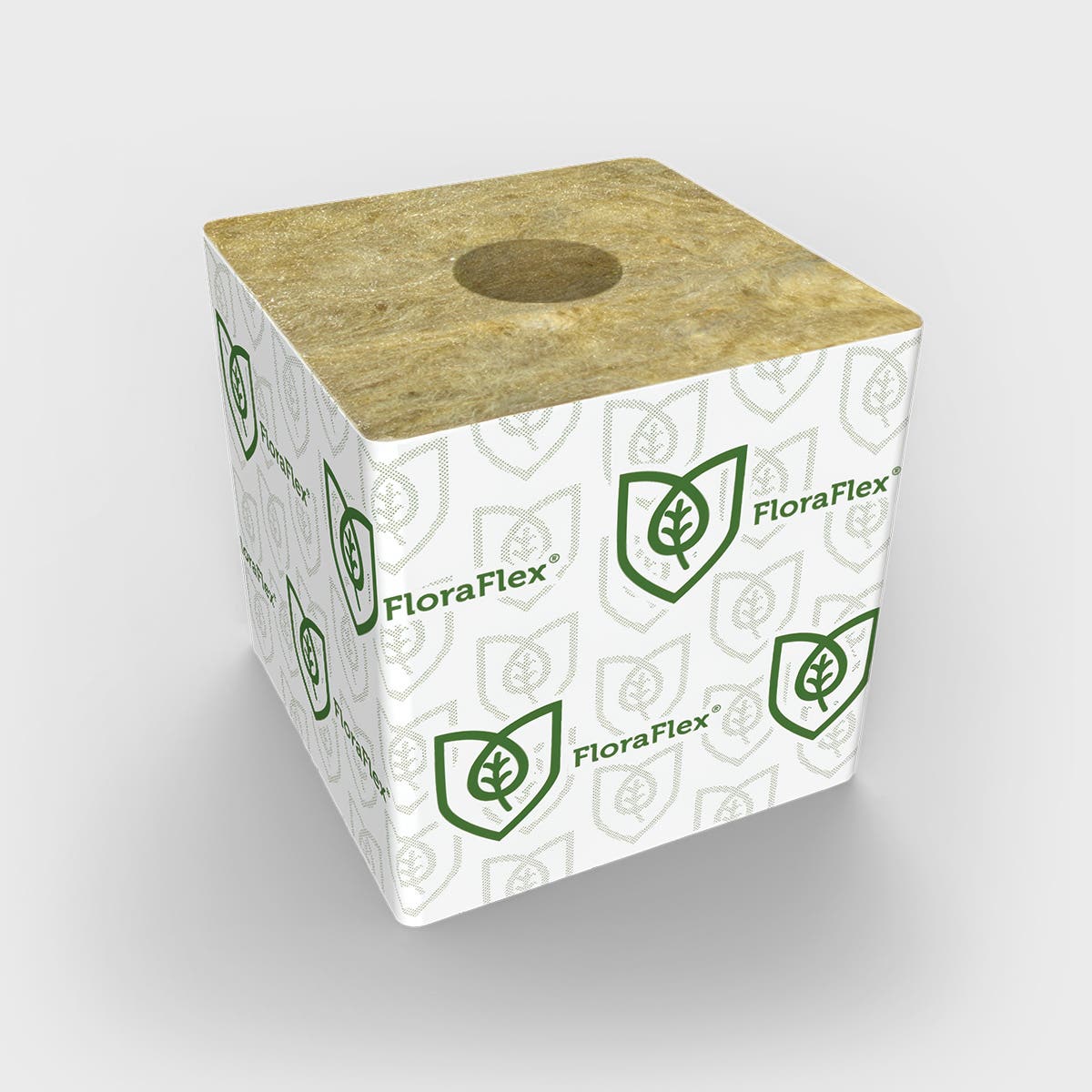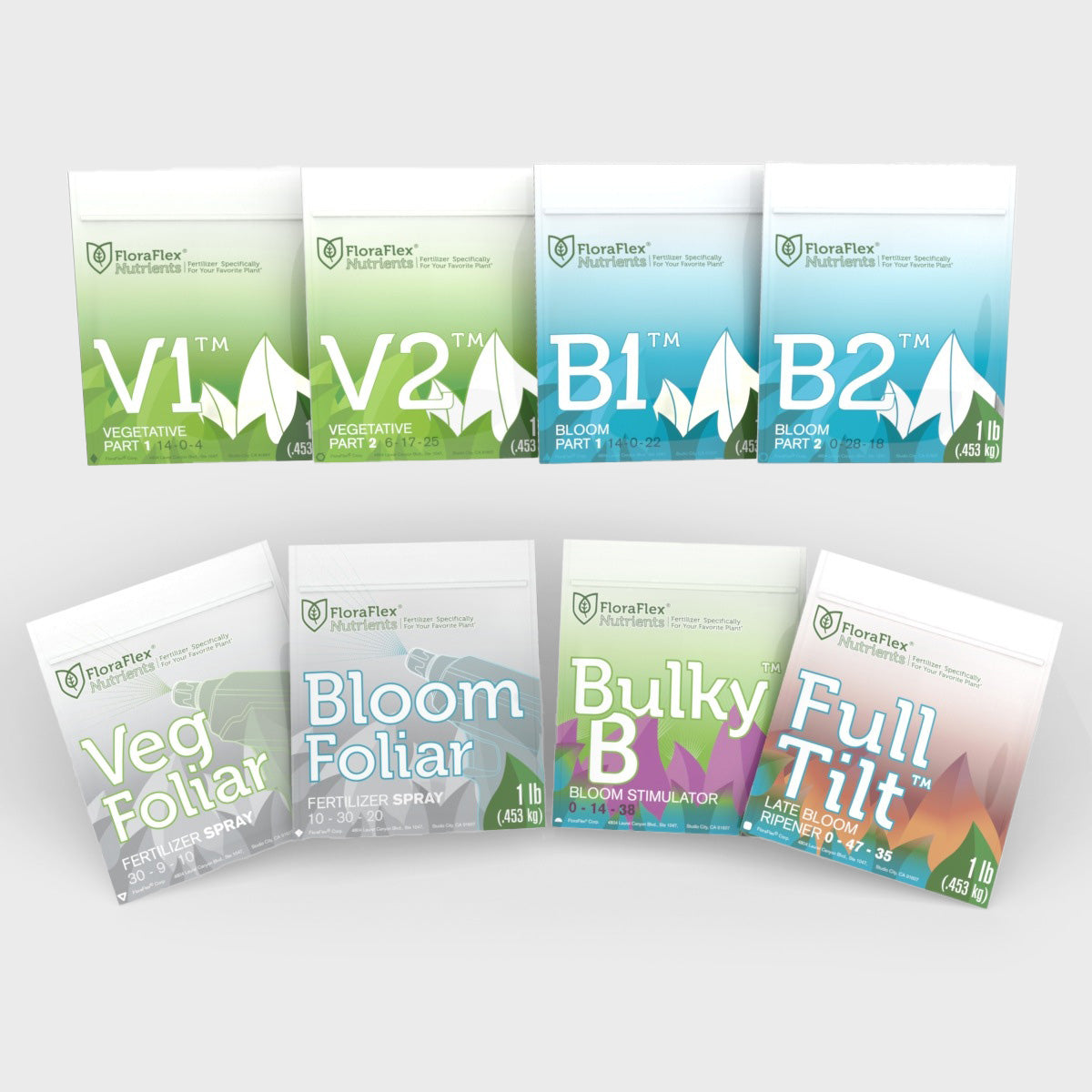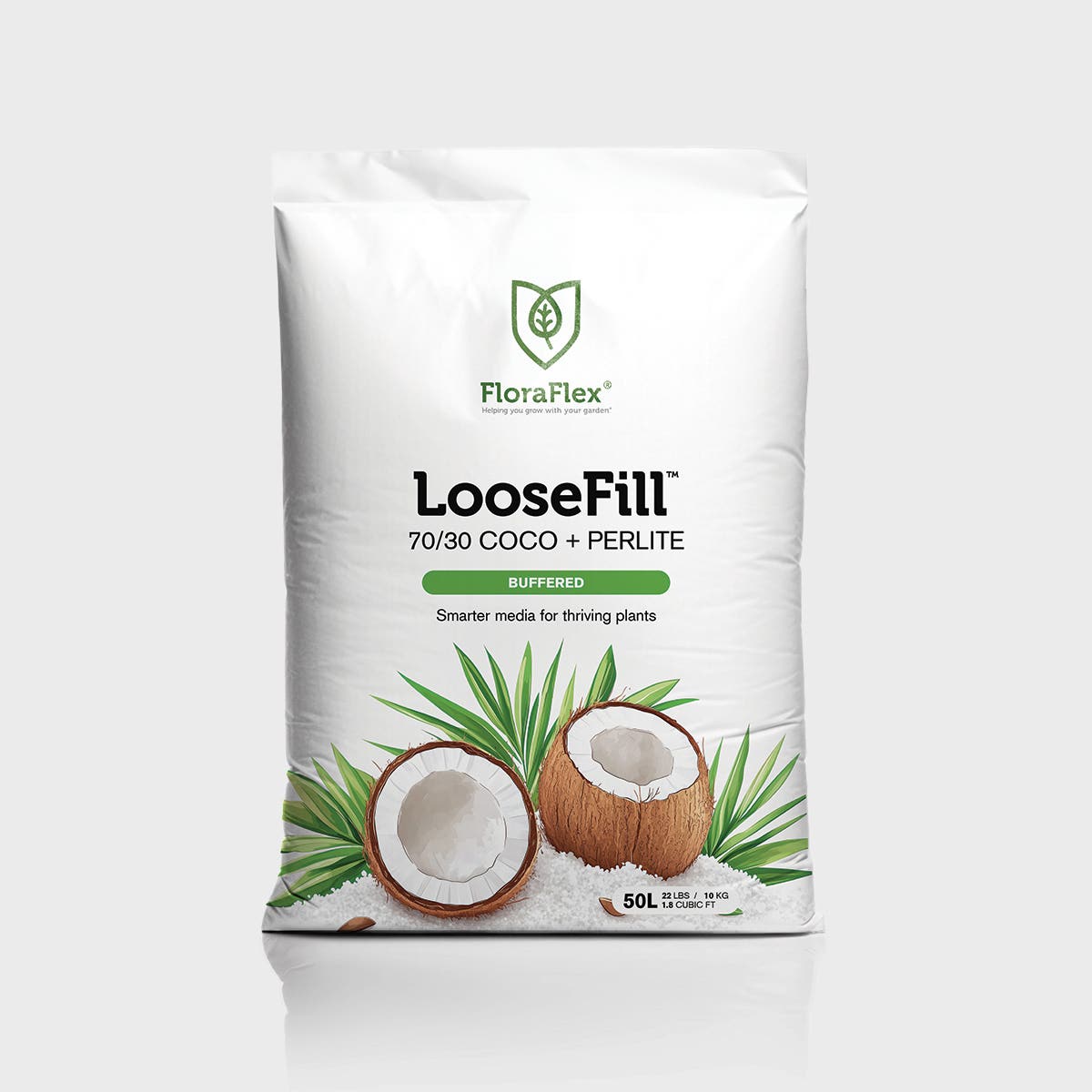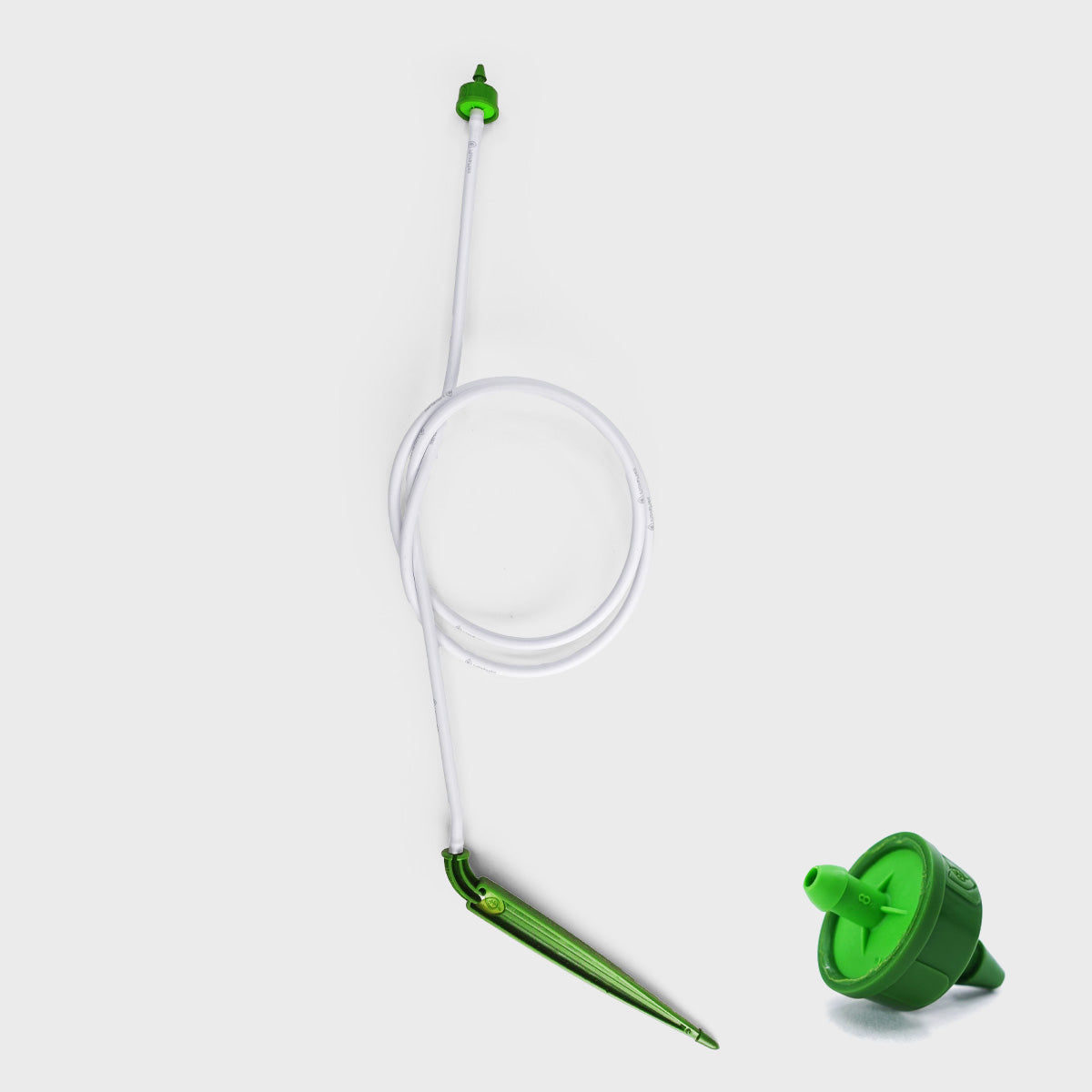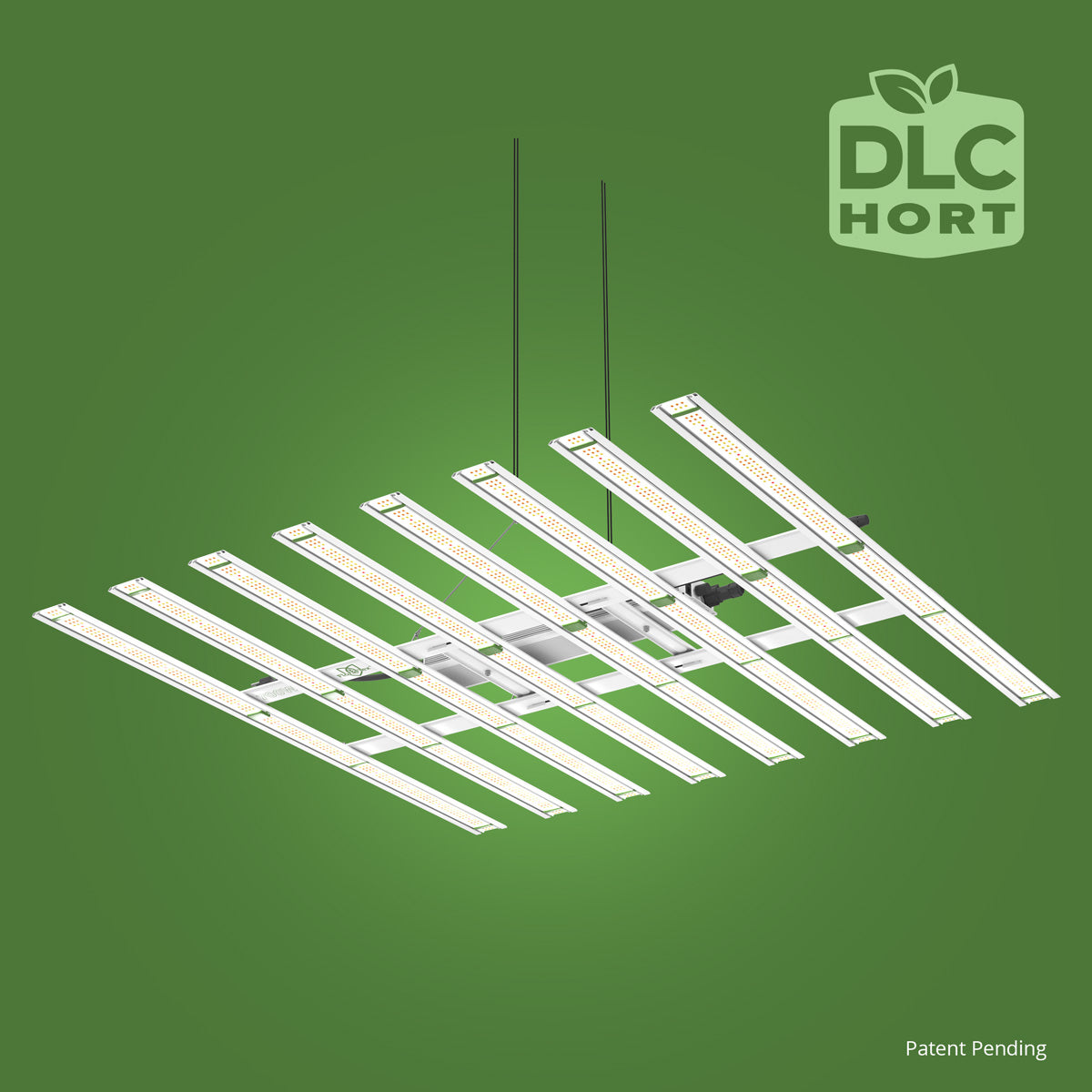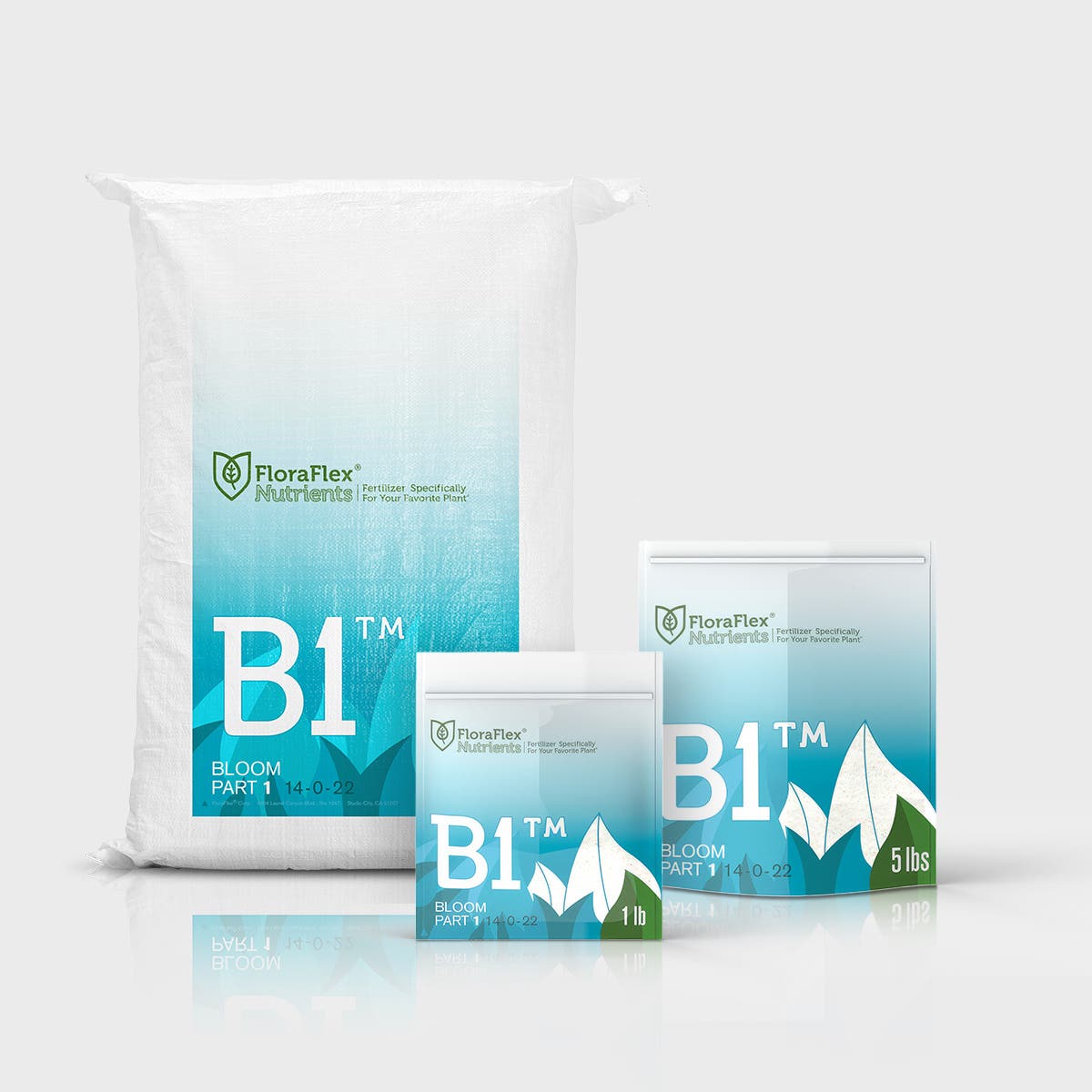Understanding Growing Conditions
Before selecting hemp varieties, it is important to assess and understand your specific growing conditions. Consider the following factors:
-
Climate: Hemp varieties have different climate preferences. Some thrive in warmer climates, while others are more suitable for cooler regions. Take into account factors such as temperature ranges, humidity levels, and average rainfall in your area.
-
Day Length: Hemp plants respond differently to the length of daylight. Determine the average day length in your region and select hemp varieties that are adapted to either short-day or long-day conditions.
-
Growing Season: Evaluate the length of your growing season, including frost dates. Opt for hemp varieties that have appropriate maturation periods, ensuring they can reach full maturity within your available timeframe.
-
Soil Type: Assess your soil type, including its composition, drainage capabilities, and nutrient levels. Different hemp varieties thrive in specific soil types, such as loamy, sandy, or clay soils.
-
Pest and Disease Resistance: Take into consideration prevalent pests and diseases in your area. Select hemp varieties known for their resistance or tolerance to these specific challenges, reducing the need for excessive pesticide use.
Hemp Varieties for Different Growing Conditions
Once you have a clear understanding of your growing conditions, you can explore different hemp varieties that match those requirements. Consider the following:
-
Fiber Varieties: If you are primarily interested in hemp for its fiber, look for hemp varieties specifically bred for fiber production. These varieties typically have tall, sturdy stalks and produce long, strong fibers suitable for textiles, ropes, and building materials.
-
CBD Varieties: For those interested in cultivating hemp for CBD production, select varieties known for high CBD content and low THC levels. These CBD-rich strains are often sought after for their potential therapeutic benefits.
-
Seed Varieties: Hemp seeds can be utilized for food, oil production, or even planting purposes. Look for hemp varieties bred for seed production, focusing on traits such as seed size, oil content, and nutritional value.
-
Dual-Purpose Varieties: Some hemp varieties are well-suited for both fiber and seed production, offering versatility and the opportunity to maximize yield and profitability.
Consulting Experts and Local Resources
When in doubt or seeking more specific guidance, reach out to local agricultural extension services, hemp cultivation associations, or experienced hemp farmers in your area. These resources can provide valuable insights into the best hemp varieties for your growing conditions and share their firsthand experiences.
Choosing the right hemp varieties for your growing conditions is a crucial step in successful hemp cultivation. By carefully considering factors such as climate, day length, growing season, soil type, and pest resistance, you can select hemp strains that are optimized for your specific environment. Whether you are focused on fiber, CBD, seeds, or dual-purpose cultivation, the right hemp varieties will contribute to a thriving and prosperous hemp crop.

